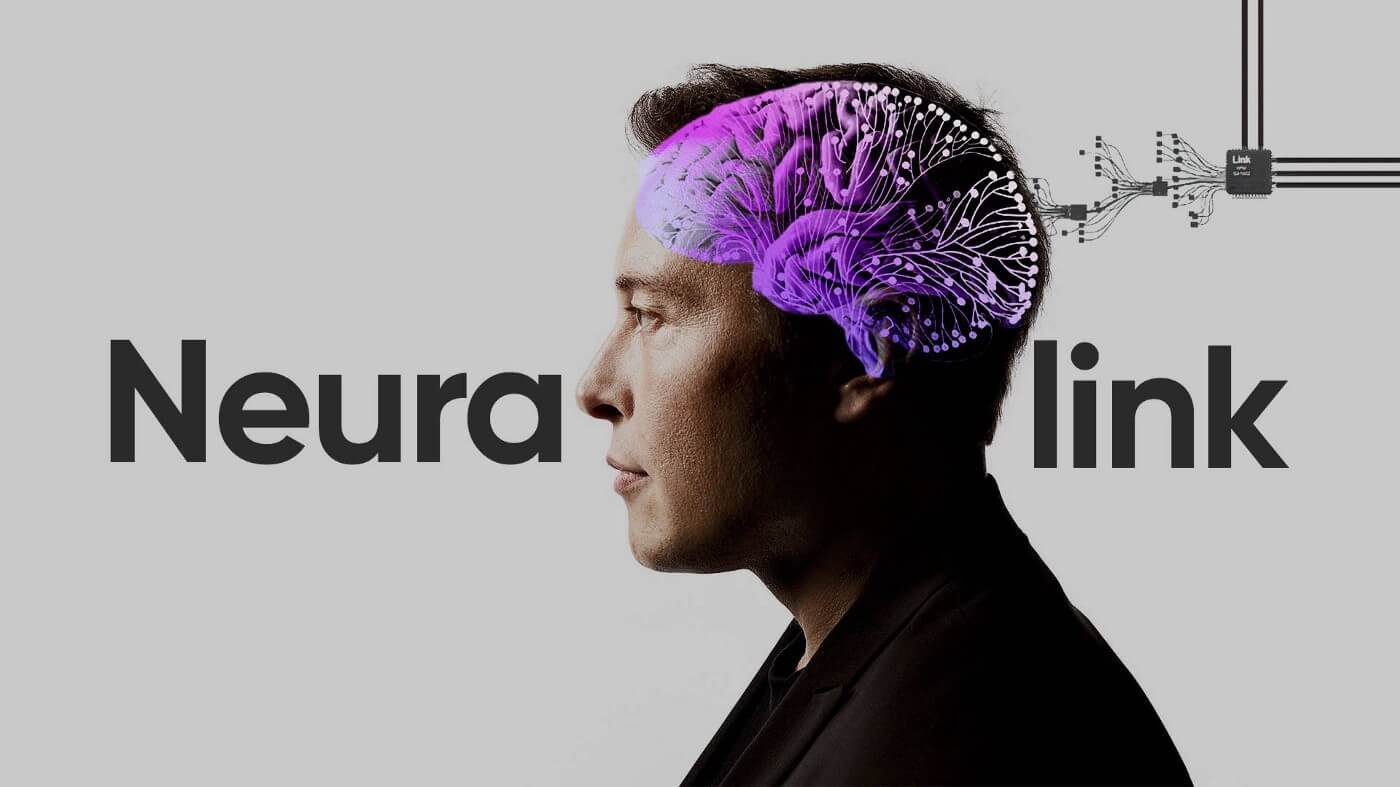Neuralink is starting human trials

About Neuralink
Neuralink Corp. is an American neurotechnology company that is developing implantable brain–computer interfaces (BCIs), based in Fremont, California, as of 2022. Founded by Elon Musk and a team of seven scientists and engineers, Neuralink was launched in 2016 and was first publicly reported in March 2017.
Since its founding, the company has hired several high-profile neuroscientists from various universities. By July 2019, it had received $158 million in funding (of which $100 million was from Musk) and was employing a staff of 90 employees. At that time, Neuralink announced that it was working on a "sewing machine-like" device capable of implanting very thin (4 to 6 μm in width threads into the brain, and demonstrated a system that read information from a lab rat via 1,500 electrodes. They had anticipated starting experiments with humans in 2020, but have since moved that projection to 2023. As of May 2023, they have been approved for human trials in the United States.

About Neuralink
Neuralink Corp. is an American neurotechnology company that is developing implantable brain–computer interfaces (BCIs), based in Fremont, California, as of 2022. Founded by Elon Musk and a team of seven scientists and engineers, Neuralink was launched in 2016 and was first publicly reported in March 2017.
Since its founding, the company has hired several high-profile neuroscientists from various universities. By July 2019, it had received $158 million in funding (of which $100 million was from Musk) and was employing a staff of 90 employees. At that time, Neuralink announced that it was working on a "sewing machine-like" device capable of implanting very thin (4 to 6 μm in width threads into the brain, and demonstrated a system that read information from a lab rat via 1,500 electrodes. They had anticipated starting experiments with humans in 2020, but have since moved that projection to 2023. As of May 2023, they have been approved for human trials in the United States.

